- News
- Reviews
- Bikes
- Components
- Bar tape & grips
- Bottom brackets
- Brake & gear cables
- Brake & STI levers
- Brake pads & spares
- Brakes
- Cassettes & freewheels
- Chains
- Chainsets & chainrings
- Derailleurs - front
- Derailleurs - rear
- Forks
- Gear levers & shifters
- Groupsets
- Handlebars & extensions
- Headsets
- Hubs
- Inner tubes
- Pedals
- Quick releases & skewers
- Saddles
- Seatposts
- Stems
- Wheels
- Tyres
- Tubeless valves
- Accessories
- Accessories - misc
- Computer mounts
- Bags
- Bar ends
- Bike bags & cases
- Bottle cages
- Bottles
- Cameras
- Car racks
- Child seats
- Computers
- Glasses
- GPS units
- Helmets
- Lights - front
- Lights - rear
- Lights - sets
- Locks
- Mirrors
- Mudguards
- Racks
- Pumps & CO2 inflators
- Puncture kits
- Reflectives
- Smart watches
- Stands and racks
- Trailers
- Clothing
- Health, fitness and nutrition
- Tools and workshop
- Miscellaneous
- Buyers Guides
- Features
- Forum
- Recommends
- Podcast
TECH NEWS
Transcontinental Race 2017 winner James Hayden’s Fairlight Strael
Yesterday James Hayden rode into Greece as the winner of the fifth edition of Transcontinental Race race - covering 3,650 kilometres at an average speed of 26.8 kph - and here’s a look at the Fairlight Strael steel road bike he used. Steel is real folks!
- James Hayden wins Transcontinental Race No. 5
road.cc was one of the first cycling publications to review the Strael, the first offering from new British company Fairlight Cycles, earlier this year and tester Stu Kerton was highly impressed: “…an absolutely stunning machine to ride, offering four-season adaptability and durability without sacrificing high speed or a racy performance,” he said in his review.
James Hayden was riding a stock Strael frame, a size 58cm Regular. Fairlight offers a choice of two geometries for each frame size, Regular and Tall - regular is lower and longer for people with shorter legs and a longer back, and tall features a higher and shorter geometry for people with longer legs and shorter back.
Fairlight and James went through a Retul fit to get the right size, and Fairlight co-founder Dom Thomas tells us that James has long legs so would normally ride a 58 Tall but because he’s incredibly flexible he could fit on the 58 Regular which offered the advantage of a lower stack for improved aerodynamics.
Like many TCR racers, James was riding Shimano Ultegra Di2 with satellite shifters on the end of the aero extension bars. Gear range was suitable wide, with a Miche 12-32 cassette and 46/34t Power2Max Rotor chainset. Pedal choice was a set of Shimano SPD-SLs with Lake shoes.
- Review: Fairlight Cycles Strael
We don’t know how many other competitors were using power meters but we can sure imagine it would be useful for gauging effort throughout the event.
Wheels were obviously handpicked to be reliable and durable, so Hope Pro4 rear hub and SONdeluxe dynamo front hub both laced to HED Belgium rims with DT Swiss spokes. The dynamo powers a Supernova front and rear light and a Sinewave USB charger keeps the Garmin running.
Tyre choice is another critical area of debate, and James opted for Continental GP4000 tyres in 25mm width, but on the HED rims balloon to almost 28mm. I’d have gone with tubeless personally but James didn’t appear to have any issues with his tyres.
You need to choose the right saddle for a 4,000km race and James opted for an ISM saddle. The triathlon company enjoys quite a bit of popularity with some of its unusual saddle designs, but James has unusually removed all the padding on his saddle!
The position is an important consideration and so attached to the drop handlebars are a pair of Profile Design aero extensions to which he’s fitted some custom cut foam padding to suit his requirements. There are Shimano Di2 shift buttons on the end of the extensions so he can shift gear without changing his position. A Garmin Edge 1000 is nestled in the gap between the extensions.
James took a slightly different and unusual approach to carrying all his supplies and water, something which we expect to be emulated in the future. Instead of a combination of frame, seat and handlebar packs, James used a Restrap frame bag filling the entire front triangle.
Water bottles have been replaced by a 3 litre Camelbak hydration bladder hidden inside with the hose nozzle zip tied to the extension bars so he can drink on the move without having to reach down for a bottle. It’s an idea very much taken from the Ironman community, where drinking on the move is common. And a 3-litre capacity exceeds that of two regular water bottles so an obvious advantage if trying to keep stops to a minimum, as James clearly was.
Thanks to Fairlight Cycles for the photos, which as you can tell were taken before James set off from Belgium. We'll be getting a closer look at the post-race bike soon and hopefully get the chance to catch up with James once he's fully recovered from his amazing feat.
David worked on the road.cc tech team from 2012-2020. Previously he was editor of Bikemagic.com and before that staff writer at RCUK. He's a seasoned cyclist of all disciplines, from road to mountain biking, touring to cyclo-cross, he only wishes he had time to ride them all. He's mildly competitive, though he'll never admit it, and is a frequent road racer but is too lazy to do really well. He currently resides in the Cotswolds, and you can now find him over on his own YouTube channel David Arthur - Just Ride Bikes.
Latest Comments
- imajez 25 min 16 sec ago
- looks like someone has fallen for the steel is real markerting BS. I only care how a bike rides, not what it is made of. I had a lovely steel...
- lonpfrb 1 hour 45 min ago
That argument is ignorance of the widespread height and width restrictions to be found on the many minor roads that were originally created for...
- David9694 4 hours 1 min ago
cyclists should be made to have number plates - Interesting police video here of the range of illegal number plates - we'd got, as the caption says...
- rookybiker 5 hours 14 min ago
The trailer seems to connect to both ends of the rear axle. Can it do tight corners without dragging the tyre sideways?
- froze 5 hours 17 min ago
Motorists have always been unkind to cyclists, but distracted driving is adding to the problem....
- Destroyer666 6 hours 10 min ago
Have you owned Bont shoes? In my experience even the widest Lake shoes have had a bizarre form of narrowing way too much in the toe area. But the...
- froze 6 hours 38 min ago
Not sure if this is possible, but this news letter goes out all over the world, and some places like Decathlon does not send stuff to America, in...
- Hirsute 7 hours 23 min ago
I'm confused as to why you'd need bib shorts indoors.
- Oldfatgit 7 hours 51 min ago
I'm sure you were being sarcastic... however ... Lewis Hamilton lives in Monaco. Yet another car driver that doesn't pay any tax


































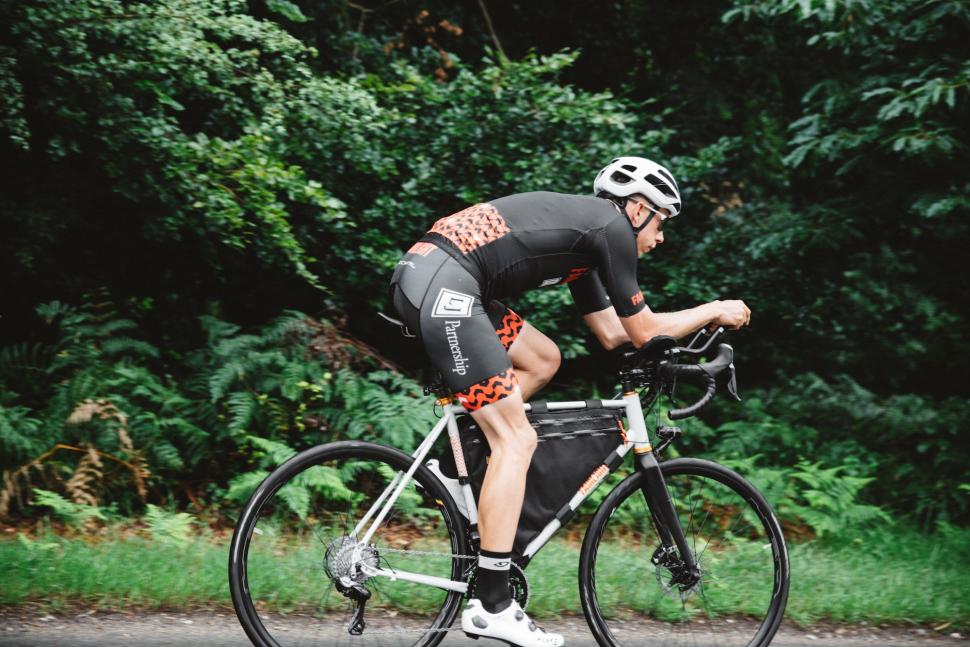
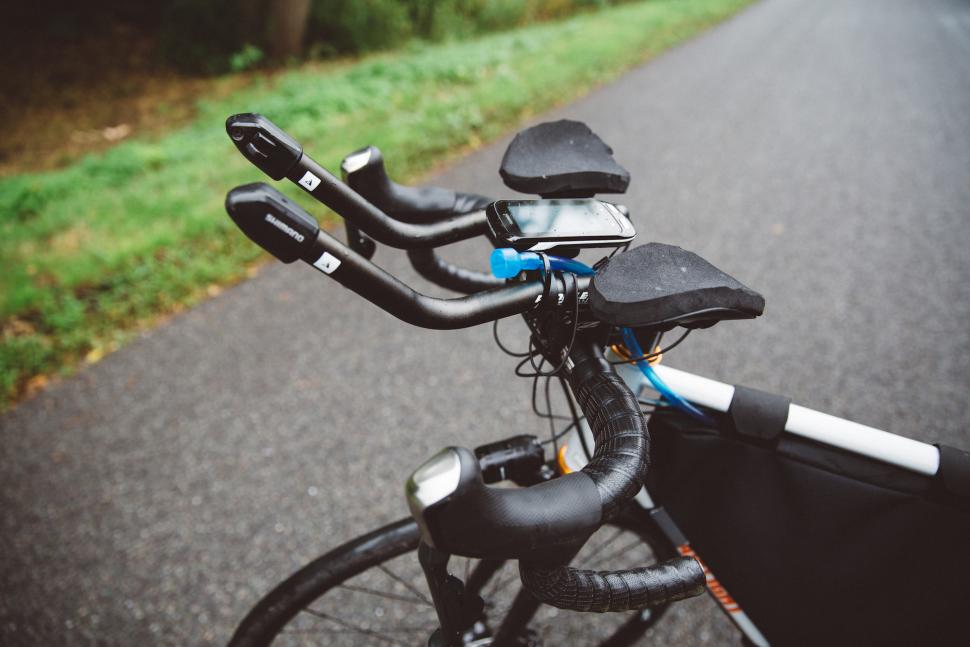
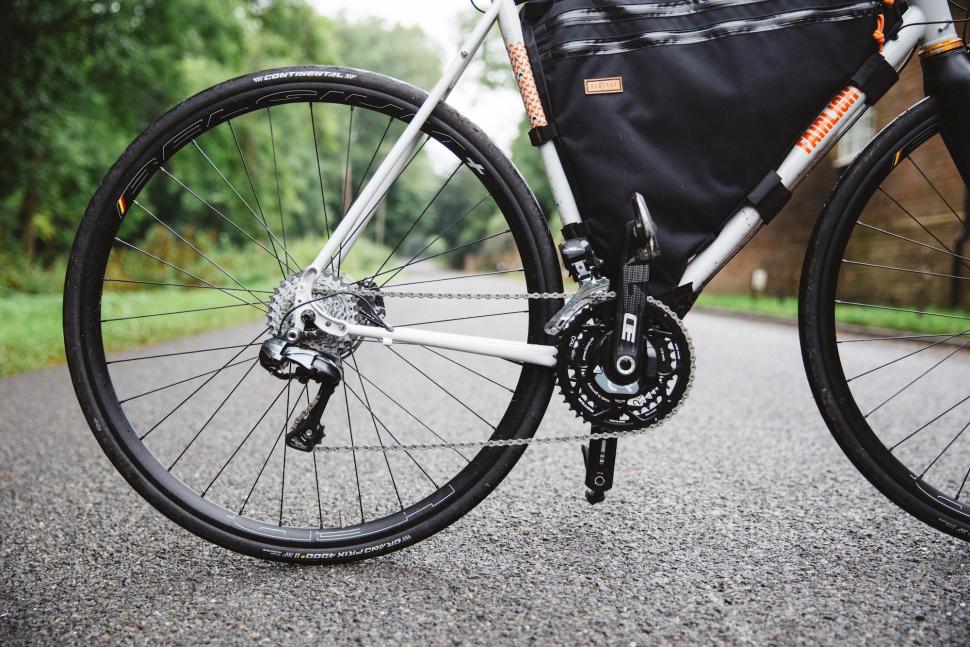
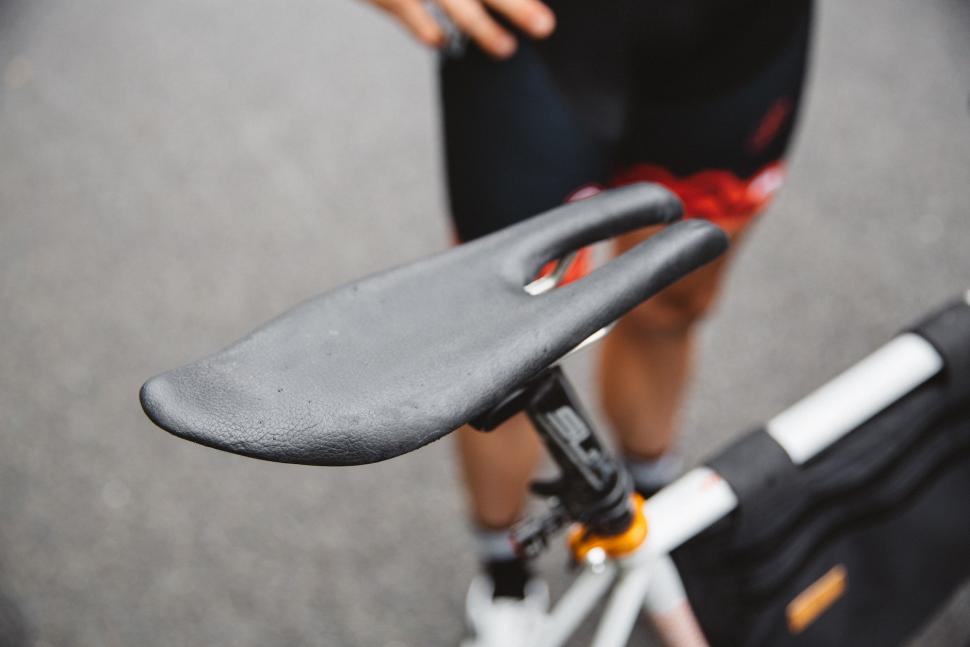
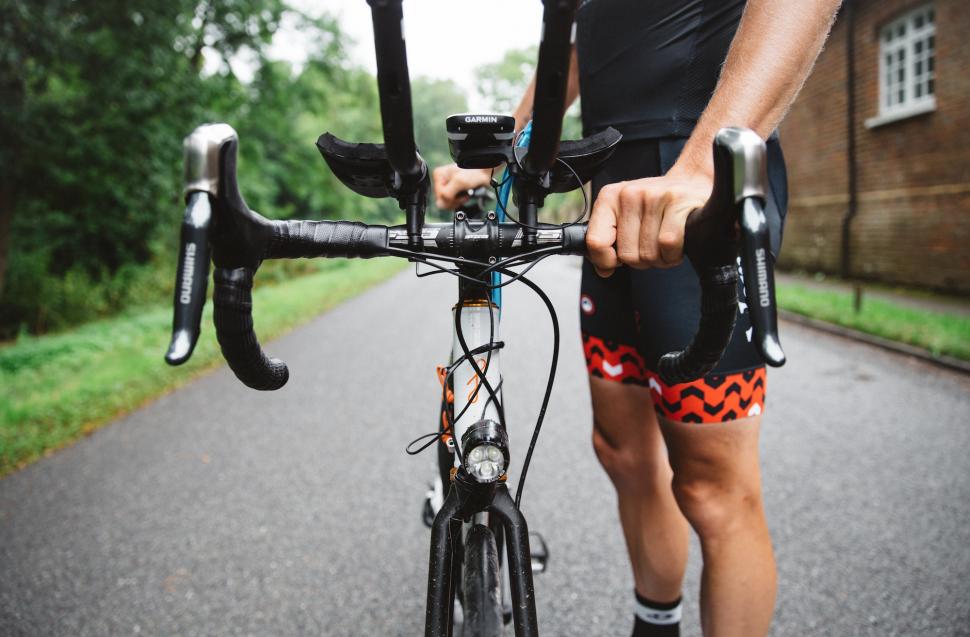
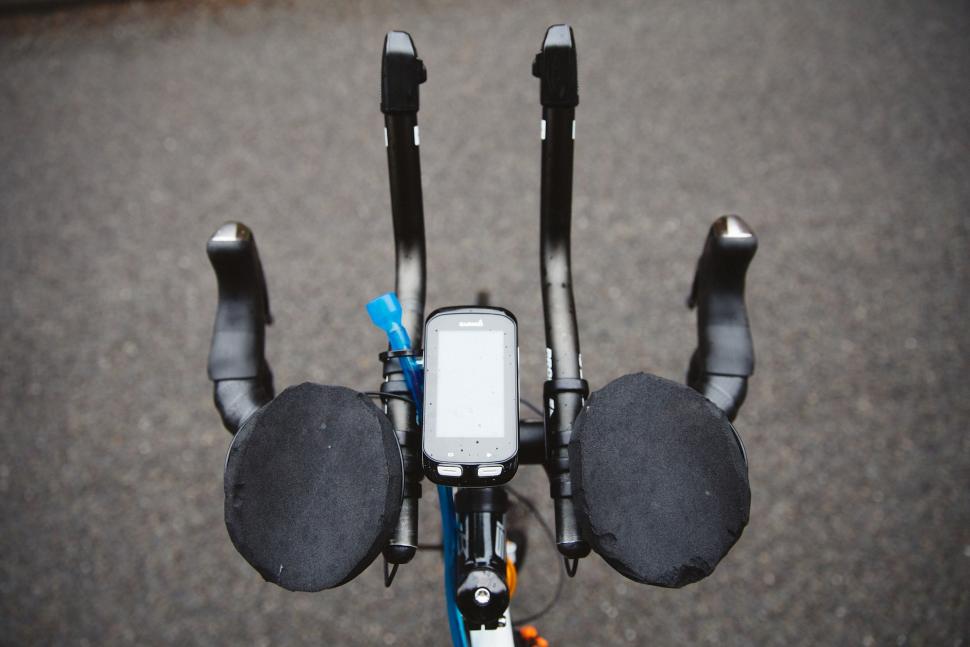
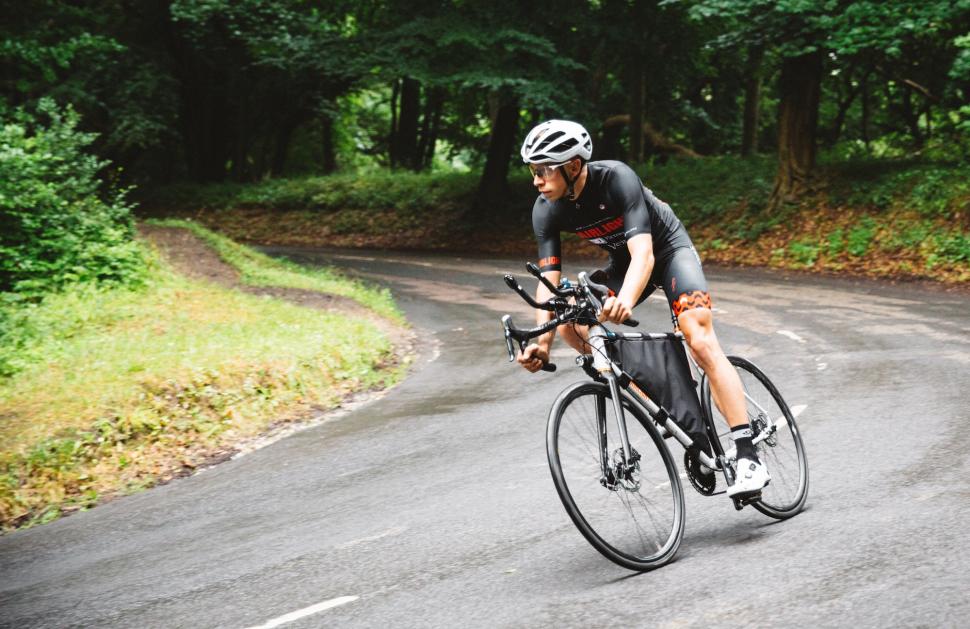
Add new comment
15 comments
Hutchinson tubeless are indeed a pain, still very first generation. The current Schwalbe are hugely better, fit and mounting very easy. They hold air just fine too. Wheelworks were correct blaming your travails on the tyres.
I ran tubless in the 2015 Transcontinental, and again this year in the Indian Pacific Wheel race. Used 28 Hutchison Sectors.
Over about 11,000 km of riding I had one puncture and was fixed instantly with a 'plug' so no big deal.
But there are two disadvantages to tubeless which is why I problably won't run them in my next race.
Firsty, tyre size. It is IMPOSSIBLE to get the tyre off the rim easily. Bleeding thumbs, and lots of time are required. I found this with all the rims I've used them on. Not good when you are hungry and tired.
Second is that they don't hold air as well as conventional tyres. Yes, this is in part an installation issue, but I had $2000 wheelworks rims and they said that my Huthison tyres are problematic. So I had to start each day pumping one of the tyres.
And that was using Stan's race sealant.
So back to tubes I'm going ....
Rather than give up why don't you try a different tyre? Lots out there, Schwalbe, Panaracer, Bontrager, Specialized to name a few. Personally I have never had any issues installing Schwalbe tyres on my Shimano rims.
The first tubless setups for road bikes were introduced by Shimano in 2006. (Assuming wikipedia is right)
At what point do you consider the tech "mature"?
Valves clogging and sealant drying up isn't something Ive found as a problem on a sixth monthly basis, perhaps not even annually.
Riding the LEL I had two front wheel punctures seal themselves in the pishing rain so I'm sold on it.
That framebag would be fun in a crosswind
Glad i'm not the only one comparing setups! Found an interesting blog last night from the second placed woman about the difficulty she had packing her smaller frame. Mine would be even worse - 38cm bars leave little room for a bag there, the triangle is tiny and there's not much seatpost. I suspect my only non-bespoke option would be a rack.
https://karentoast.wordpress.com/2017/05/31/5-small-person-bike-woes/
Alpkit's bespoke frame bags are pretty reasonable. You could also use 2 top tube bags like Lael Wilcox did in the trans am.
Bladder in a restrap frame bag, 46t chainring So pretty much my audax set up. Knew I was on to something!
Just need a strael now, best get saving my pennies.
Not forgetting this is a race, fixing a flat on a clincher would be less hassle (and faster?) than dealing with a tubeless repair?
It would, be you'd just put a tube in. I've never had a puncture so far riding tubeless in 3 years, I would defintiely have gone tubeless.
I'm sure in one of the TCR videos they put out he talked about getting 3 punctures? Or, maybe i imagined it.
I suspect it's a case of what isnt broke, ie clinchers/tubes do just work, and punctures are easy fix.
Uh, tyres with tubes that puncture easily are 'broke' im my books. Would you also claim chains that snapped regularly were not broken either.
Moving to tubeless has been revelatory. Punctures are a rarity, despite my using far lower tyre pressures for added, comfort, grip, speed and I ride 28mm slicks on really crap off road terrain and am often feeling the rims being impacted with no snakebites to spoil my ride. Got a double, double snakebite set of flats the last time I rode with tubes, which was only because I hadn't gotten around to changing to tubeless on the new bike.
In the very unlikely event of a puncture usually due to a tyre being ripped or badly sliced, deflation is markedly slower. So less dangerous too.
As for fixing a flat, well either use a tubeless patch or shove an inner tube in. So easier or the same as with a tube.
I'm glad your experience of tubeless has been so positive, Imajez.
I am, generally speaking, a fan of new technology and was initially interested in running a tubeless bike. But after reading and hearing of the disadvantages of the system I've decided to wait until it matures a little.
In particular I'm not prepared to suffer clogged valves and sealant that becomes useless every six months. When they get that right, I'll probably join you.
In the meantime we should remember that tubed systems are improving too. Tyres are infinitely tougher than they once were, I average a flat every 4000 miles, which isn't really a major problem and the trend towards bigger tyres has helped with comfort and lower pressures.
Life is all choices!
Maybe he had sealant in his inner tubes? Maybe latex tubes? Then you can have all the good stuff of the 4000s with increased puncture resistance.
"Tyre choice is another critical area of debate, and James opted for Continental GP4000 tyres in 25mm width, but on the HED rims balloon to almost 28mm. I’d have gone with tubeless personally but James didn’t appear to have any issues with his tyres."